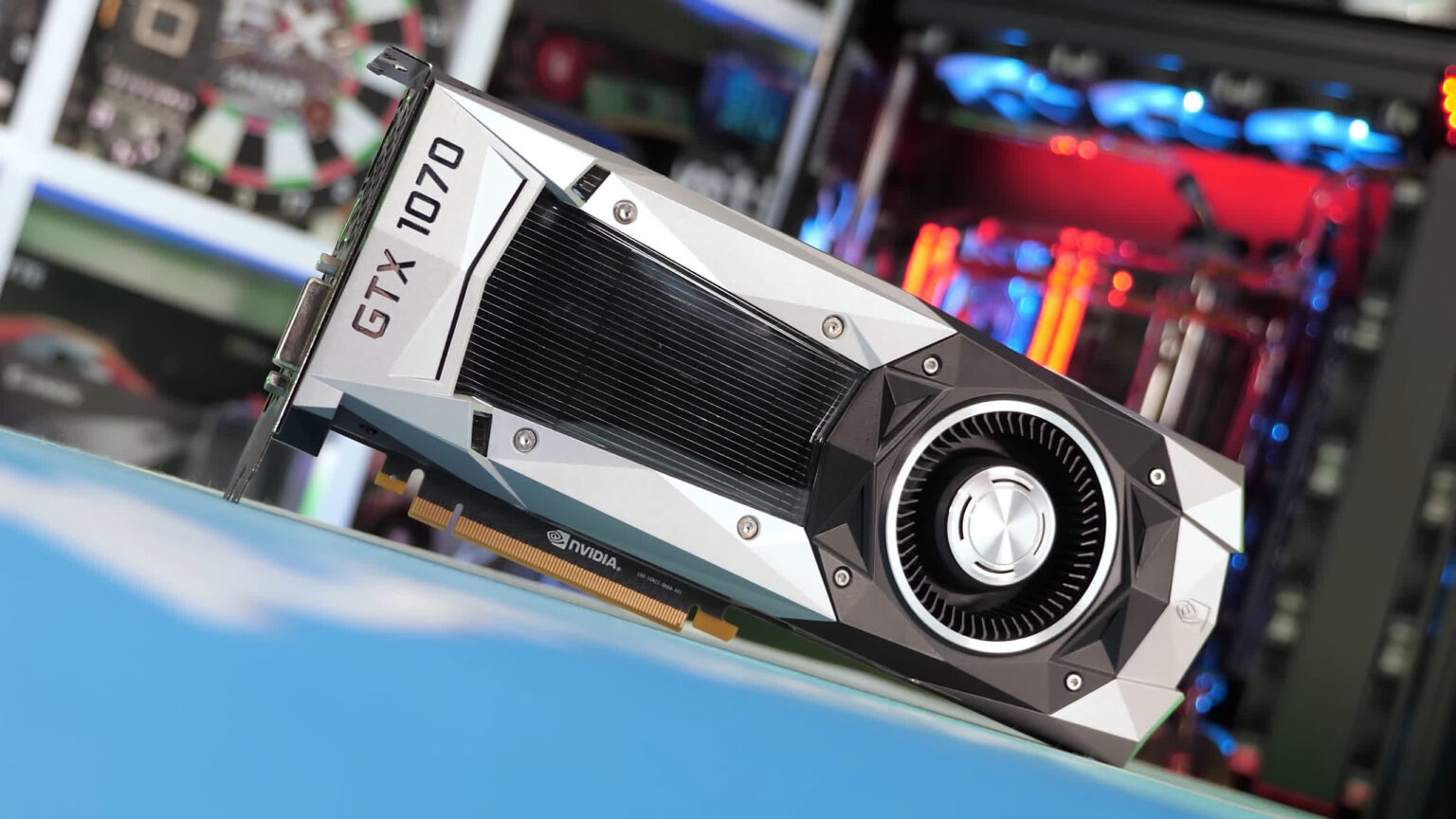
Do I Need to Upgrade from My Current System for the New GTX 1070?
The release of a new graphics card often sparks excitement and curiosity among gamers and technology enthusiasts. In the recent report of https://droidtutors.net, The NVIDIA GeForce GTX 1070 is no exception. With its impressive specifications and advanced features, it has caught the attention of many individuals who are considering an upgrade. In this article, we will explore whether it is necessary to upgrade your current system to accommodate the new GTX 1070.
Understanding the GTX 1070
What makes the GTX 1070 special?
The GTX 1070 is a high-performance graphics card that offers exceptional gaming capabilities and visual experiences. It utilizes NVIDIA’s Pascal architecture, providing impressive power efficiency and rendering capabilities.
Technical specifications of the GTX 1070
The GTX 1070 boasts impressive specifications, including a high core count, clock speed, and memory bandwidth. It features 8GB of GDDR5 memory, 1920 CUDA cores, and a boost clock speed of up to 1683 MHz. These specifications contribute to its ability to handle demanding games and applications with ease.
Evaluating your current system
Assessing your system’s compatibility
Before considering an upgrade, it is essential to assess whether your current system can accommodate the GTX 1070. Check the compatibility of your motherboard, power supply, and available PCIe slots. Ensure that your system meets the minimum requirements specified by NVIDIA.
Analyzing your system’s performance
Evaluate the performance of your current system in terms of gaming and graphics-intensive tasks. If you are experiencing lag, low frame rates, or visual artifacts, upgrading to the GTX 1070 may significantly enhance your overall experience.
Benefits of upgrading
Enhanced gaming experience
The GTX 1070 offers a substantial leap in performance compared to previous GPU models. With its advanced architecture and increased memory capacity, it can handle modern games at higher resolutions and settings, providing a smoother and more immersive gaming experience.
Improved graphics performance
If you engage in activities such as video editing, 3D modeling, or rendering, the GTX 1070’s powerful GPU capabilities can significantly reduce processing times and improve overall workflow efficiency. It allows for faster rendering, smoother playback, and better handling of complex visual tasks.
Factors to consider before upgrading
Budget constraints
Upgrading to a new GPU involves a financial investment. Consider your budget and determine whether the performance gains offered by the GTX 1070 align with your gaming or productivity needs. Additionally, factor in the cost of other potential system upgrades, such as a compatible power supply or additional cooling.
Future-proofing your system
Technology evolves rapidly, and new GPU models are consistently released. Consider your future needs and determine whether the GTX 1070 provides a sufficient level of performance for the foreseeable future. If you plan on playing demanding games or using resource-intensive applications, future-proofing your system with the GTX 1070 may be a wise decision.
Compatibility with other components
Ensure that the GTX 1070 is compatible with the other components of your system. Verify the available PCIe slots, power requirements, and physical dimensions to avoid any compatibility issues during installation.
Alternative options
Overclocking your current GPU
If your current GPU is still capable but falls slightly short of meeting your requirements, overclocking can provide a temporary performance boost. However, this may void warranties and increase power consumption, leading to higher temperatures and potential stability issues.
Considering other GPU models
While the GTX 1070 offers impressive performance, it is worth exploring other GPU models within your budget range. Compare their specifications, performance benchmarks, and price points to make an informed decision.
Steps to upgrade your system
Researching compatible components
Research and identify the components required for a successful upgrade. Ensure that your power supply can deliver sufficient power, your motherboard supports the GTX 1070, and your case has enough space to accommodate the new graphics card.
Proper installation process
Follow the manufacturer’s instructions and guidelines for installing the GTX 1070. Take precautions such as grounding yourself to prevent electrostatic discharge and ensure the stability and longevity of your components.
Software and driver updates
After installing the GTX 1070, update your system’s drivers and install the necessary software provided by NVIDIA. This ensures optimal performance and compatibility with the latest games and applications.
Conclusion
Deciding whether to upgrade to the new GTX 1070 depends on your specific requirements, budget, and future needs. Evaluate your current system, consider the benefits and factors discussed, and make an informed decision that aligns with your gaming or productivity goals.
FAQs
Is the GTX 1070 compatible with all motherboards?
The GTX 1070 is compatible with most modern motherboards that have a PCIe x16 slot.
Will upgrading to the GTX 1070 improve my gaming performance?
Yes, the GTX 1070 offers a significant boost in gaming performance compared to previous GPU models.
Do I need to upgrade my power supply for the GTX 1070?
It is advisable to check the power requirements of the GTX 1070 and ensure that your power supply can deliver sufficient power.
Can I use the GTX 1070 for video editing and rendering?
Absolutely! The GTX 1070’s powerful GPU capabilities make it an excellent choice for video editing and rendering tasks.
What other components should I consider upgrading along with the GPU?
Depending on your current system, you may need to upgrade your power supply, cooling solution, or monitor to fully utilize the capabilities of the GTX 1070.







